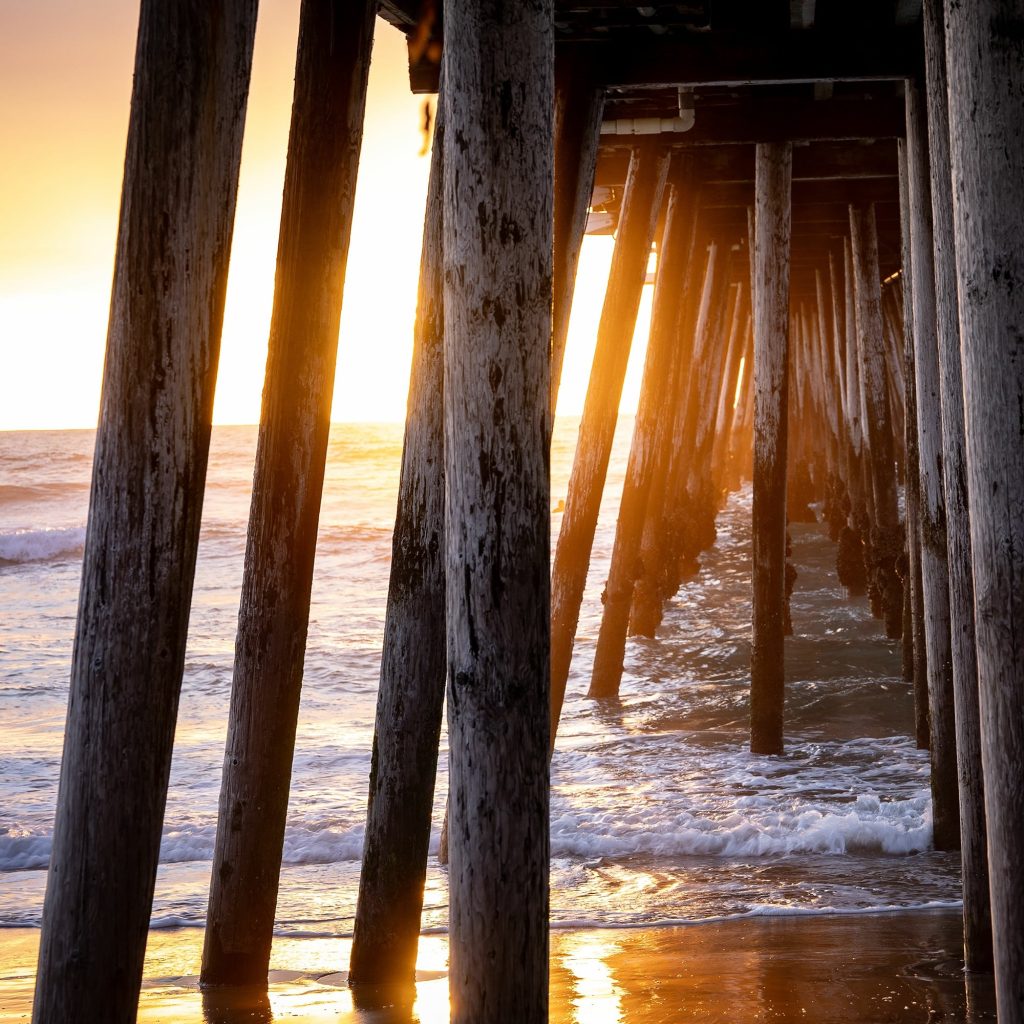
Marine-Grade Lumber: Creating Resiliency in Waterfront Construction
Enhancing Durability in Pressure–Treated Lumber
Constructing piers, docks, boardwalks, marinas, seawalls, and other waterfront structures presents unique challenges that require careful consideration of materials. Wood has long been a preferred building material for these applications thanks to its natural aesthetics, versatility, and durability. However, when building in or near water, not just any lumber will do.
The focus is twofold: maintaining a natural aesthetic, and creating a durable and long-lasting structure. Marine-grade pressure-treated lumber delivers on both fronts and can be treated specifically to withstand constant exposure to water and humidity in marine environments.
What is Marine–Grade Timber?
Marine-grade lumber is specifically designed for applications in or around the water, including both brackish and salt water. The lumber goes through a unique treatment process that makes it suitable for those environments and is engineered to resist water absorption, decay, rot, and warping. This makes it suitable for applications where it needs to be fully submerged in water throughout its lifespan. When compared to materials such as concrete and metal, marine-grade lumber provides a warmer, more organic appearance that better complements its surroundings, making it a popular choice for beachside projects aimed at creating a relaxed atmosphere.
The Science: How is It Treated?
The treatment process is key to ensuring the longevity and performance of lumber in any outdoor environment, but especially those susceptible to high levels of moisture.
Marine-treated lumber is treated with chromated copper arsenate (CCA). CCA is a water-soluble preservative that works by binding these three main ingredients with the wood fibers, providing long-term protection from weathering and pests.
To do this, pressure treaters such as Culpeper prepare and load the wood into a large cylindrical tank where it is tightly stacked and sealed. The chamber is vacuum sealed to remove air and then filled with the CCA preservative so it can penetrate the wood fibers. Once treated, the wood is dried, allowing the chemicals to stabilize and ensure they bond effectively with the wood fibers, making it ready for use in marine applications.
This specific CCA treatment provides a robust barrier against the effects of the harshest marine conditions. The infusion of CCA protects against fungal decay and shields the wood from insect infestations from pests such as termites and marine borers (such as mollusks and crustaceans), which are particularly problematic in coastal areas.
Maximizing the Lifespan for Lasting Performance
Docks, piers, boardwalks, and other waterfront structures are built to endure challenging conditions. CCA-treated timber offers a long lifespan of 20 to 40 years, depending on factors such as the wood type, environmental exposure, and regular maintenance efforts.
Culpeper uses southern yellow pine for its natural strength, density, and ability to hold up well under pressure treatment. This gives the lumber the highest degree of longevity and ongoing performance in the water.
Even with top-notch lumber and the right treatment process, maintenance is still key to extend the lifespan and minimize repair costs for owners.
- Cleaning: Gently clean the accessible areas of the timber annually with a mild detergent and water to remove dirt, mold, and mildew. Avoid harsh chemicals that could compromise the timber’s protective treatment.
- Water-Repellent Sealant: Although CCA-treated timber is protected from rot and insect damage, it is still a good idea to apply a water-repellent sealant every one to two years to prevent moisture absorption. Sealants can also protect the wood from UV damage, preserving its natural color and reducing the chances of surface degradation.
- Routine Inspection/Treatment: Regularly inspect the timber for any signs of damage, such as cracks, splinters, or decay. Pay close attention to high-traffic areas or places that are consistently exposed to water or sunlight and repair or replace any damaged wood to maintain the integrity of the structure.
The Ideal Choice for Waterfront Construction
Choosing the right materials for projects in or near water requires careful consideration of factors that include aesthetics, durability, and longevity. Marine-grade lumber pressure treated with CCA offers the perfect blend of natural beauty and resilience against the unique challenges posed by moist, salty, and sunny marine environments. Its specialized treatment process equips the wood to withstand damage and deterioration, making it a trusted choice for builders and owners alike.
When properly maintained, marine-grade lumber proves to be a cost-effective and enduring investment, making it the trusted choice for those looking to create structures that stand the test of time—both in form and function.